Tiffany & Co. Celebrates 50th Anniversary of Elsa Peretti Collection
The visionary creative drew from the exceptional artisans and culture of Japan for her collaboration with the storied jewelry house
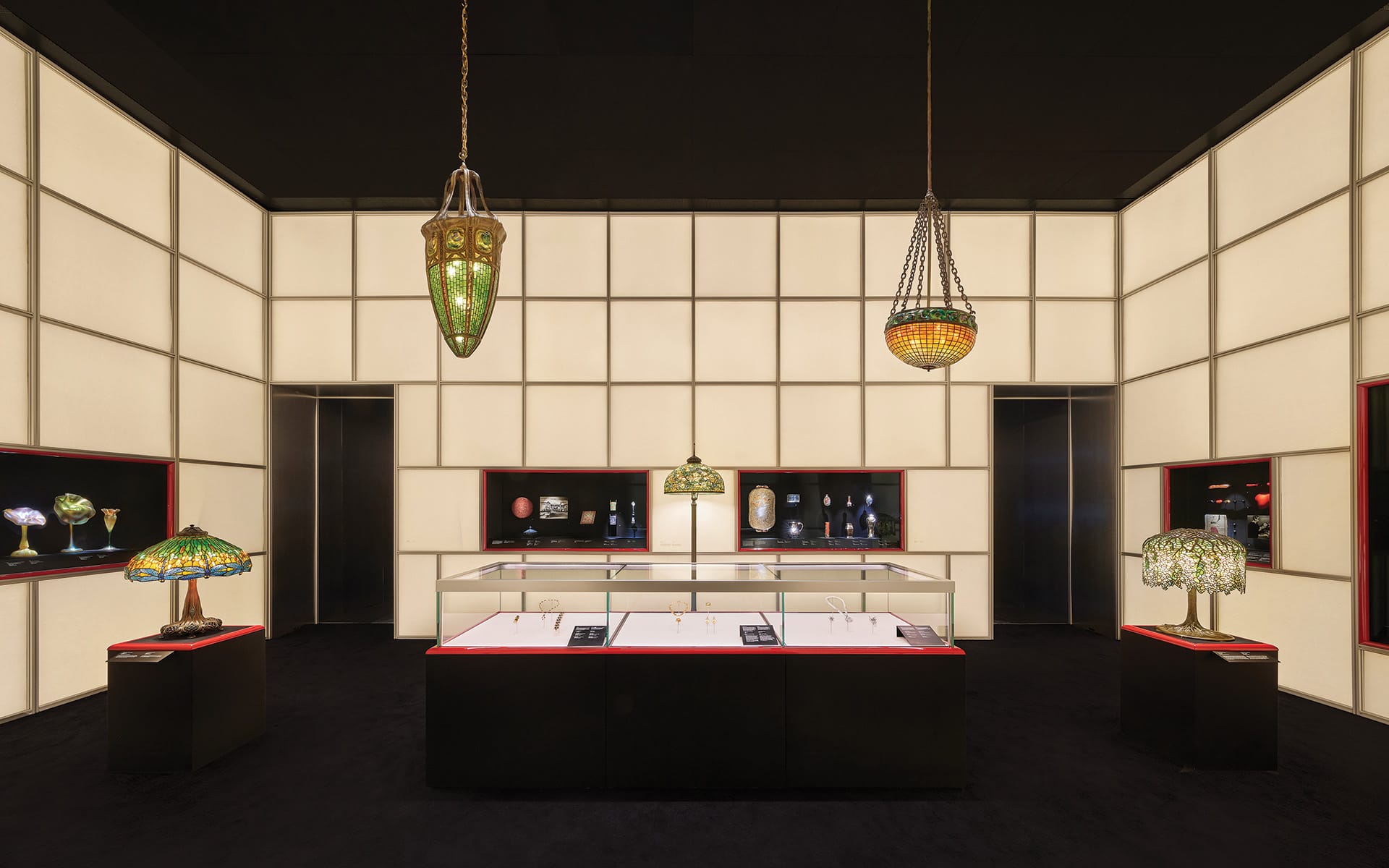
It’s easy to get lost in the vast design inspiration of Japan. But legendary jewelry designer Elsa Peretti did quite the opposite: She found her voice through the artisans she encountered there. The creative sparks began when she first visited the country, in 1969, on an excursion around the world, and then again in 1974, the year she joined Tiffany & Co.
Those travels ignited decades-long collaborations with 14th- and 15th-generation Japanese masters in silk, lacquer, and bamboo. Their extraordinary expertise became the cornerstone of Peretti’s material language, while an appreciation for both minimalist and organic lines revered by the culture established the framework for her designs.
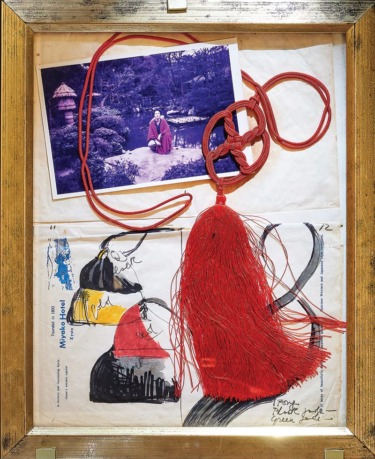
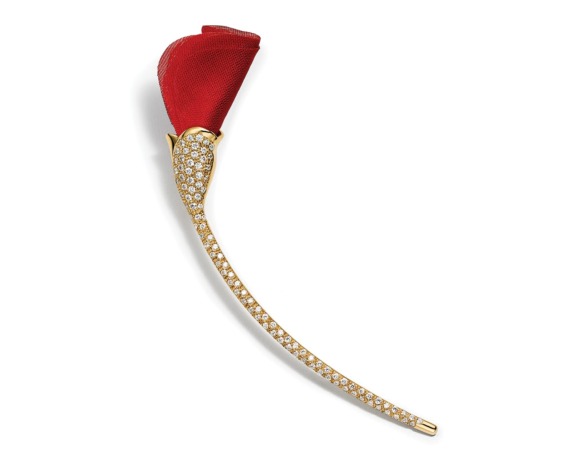
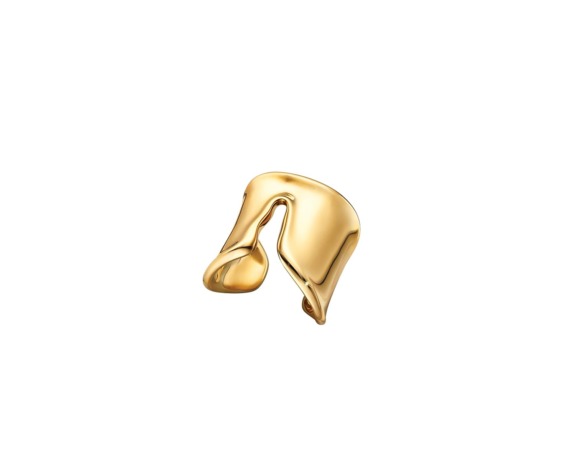
Finely woven silk strings made by the same hands that fashioned ceremonial hangings for Buddhist temples were transformed into the netting she conceived to carefully suspend pendants. Tea lacquer gave her perfectly round “doughnut” bracelets an otherworldly luster. Her designs made the bold statement that these techniques and crafts were just as valuable as any precious metal.
While there may have been a language barrier between Peretti’s native Italian and heavily accented English and the craftsmen’s Japanese, she communicated by sitting on the floor with them, gesturing and drawing. “What was expected of a woman of her milieu and coming from a wealthy family in Italy, she decided to make different choices,” says Stefano Palumbo, a member of the board for The Nando and Elsa Peretti Foundation. “These choices for a female artist of that time were important ones that opened doors for the women who came after her.”
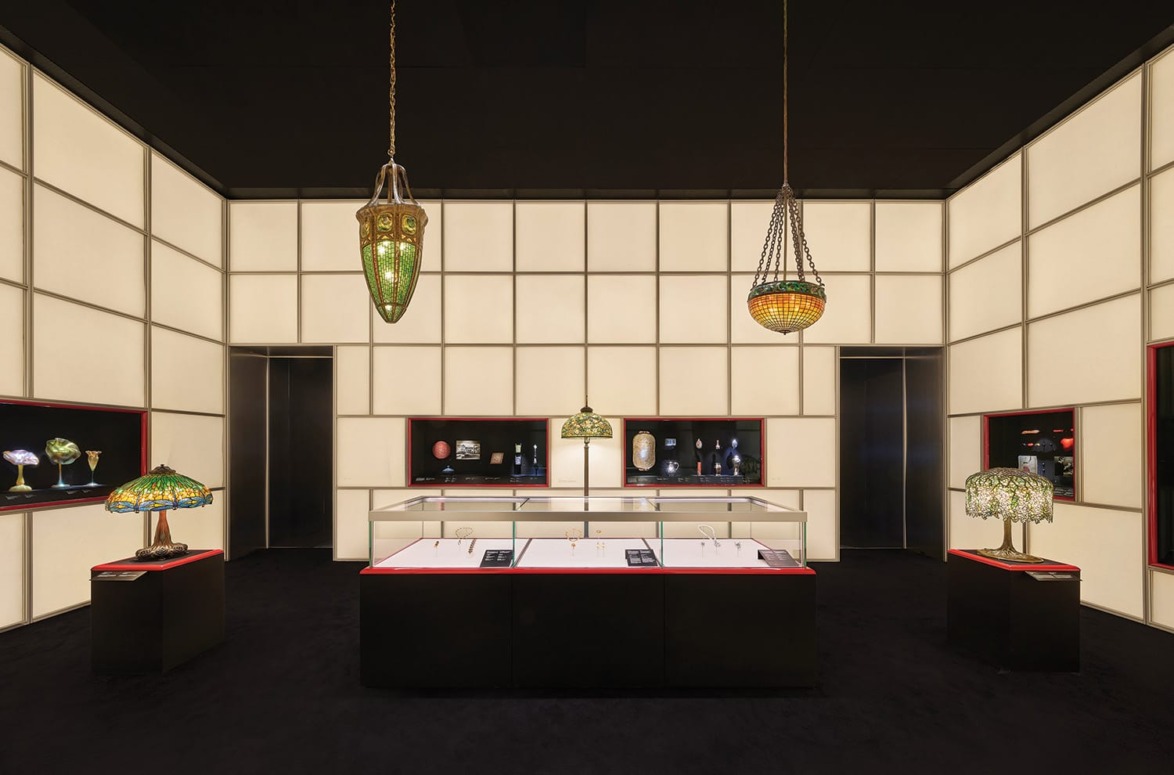
This year marks the 50th anniversary of Peretti’s work for Tiffany & Co., yet the pieces still have a fluidity and freshness, which cement them as iconic sculptures meant to be worn. Their lasting significance was realized in the many examples displayed in the recent “Tiffany Wonder” exhibition in Tokyo.
Enshrined in lacquer-framed vitrines, these curated selections made evident how Peretti’s great admiration for the Japanese concept of shibui, meaning an aesthetic of subtle beauty, led to her invention of a modern concept of glamour. And now Tiffany & Co. plans to carry that aesthetic forward with Bone and Split rings, which reimagine her timeless motifs for generations to come.
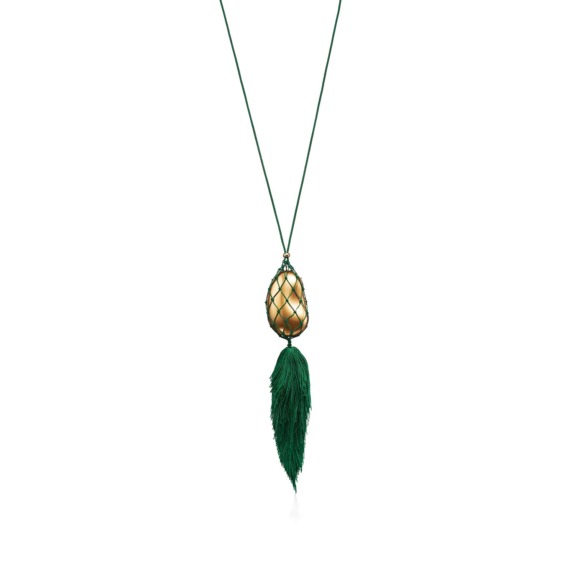
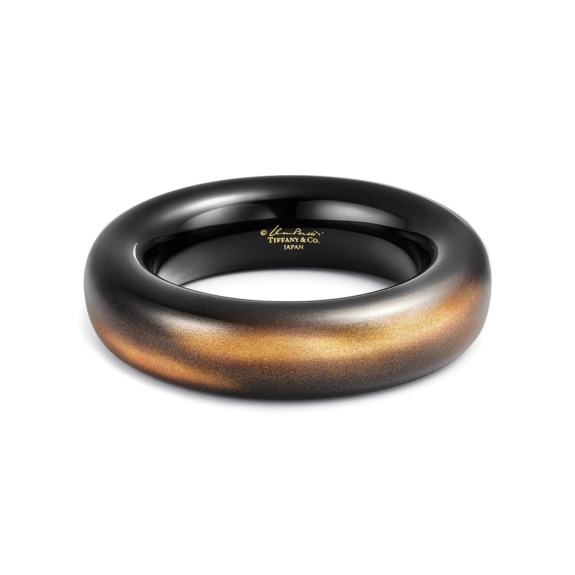
A version of this article first appeared in print in our 2024 Fall Issue under the headline “Points of Departure.” Subscribe to the magazine.